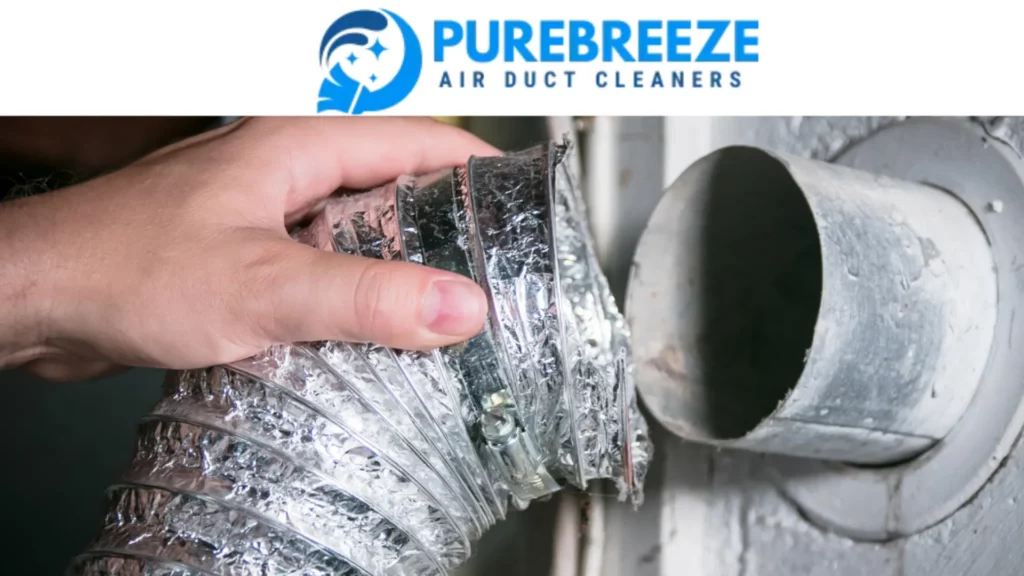Indoor air quality is a critical factor in managing allergies, as allergens like dust, pet dander, and mold spores often linger inside homes. A significant source of these irritants is the ductwork of HVAC systems, which can accumulate debris over time. Air duct cleaning serves as an effective method for controlling allergens, ensuring the air you breathe is cleaner and less likely to trigger allergy symptoms.
How Airborne Allergens Affect Indoor Air
Air ducts are responsible for circulating air throughout your home, but when they collect dust, pollen, and other debris, they inadvertently spread allergens as well. These particles settle in the ductwork and are re-released into the air every time the system operates. For allergy sufferers, this can lead to persistent symptoms such as sneezing, watery eyes, and respiratory discomfort.
Mold in Ductwork and Its Impact on Allergies
Mold is a particularly harmful allergen that often goes unnoticed in ductwork. When moisture accumulates inside the ducts, it creates an ideal breeding ground for mold spores, which can spread throughout the home and aggravate allergies or asthma. Routine air duct cleaning not only removes existing mold but also helps identify areas prone to moisture, allowing homeowners to address these issues before they escalate.
Benefits of Clean Ducts for Allergy Control
Clean air ducts contribute to better air circulation and improved HVAC efficiency. When ducts are free from allergens and debris, the system can distribute clean, filtered air more effectively. This reduces hotspots of allergen buildup and prevents irritants from accumulating in commonly used areas of the home. Improved air circulation also means that air purifiers and filters can work more efficiently, enhancing overall air quality and reducing the frequency of allergy flare-ups.
Proactive Measures for Long-Term Relief
While air duct cleaning is an essential step in controlling allergens, it should be part of a broader approach to maintaining indoor air quality. Regularly replacing air filters, monitoring humidity levels, and scheduling inspections can help keep your ducts clean and minimize allergen exposure. Together, these measures ensure that your home remains a safe and comfortable space for allergy sufferers.
The connection between air duct cleaning and allergy control is clear. By addressing the allergens hiding within your ductwork, you can create a healthier home environment and provide relief for those who struggle with allergies.
Learn more:
Reducing Allergy Flare-Ups Through Routine Air Duct Cleaning

